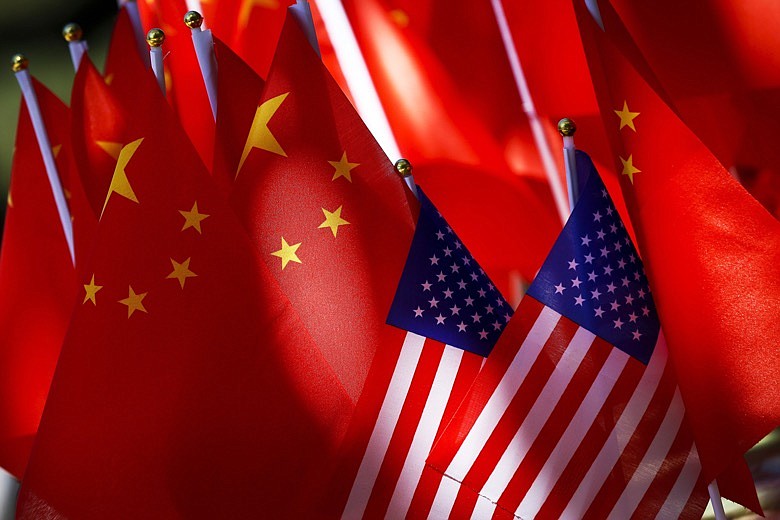The United States and China have inked a "Phase I" trade agreement that reduces certain tariffs and trade barriers between the world's two largest economies. In the short run, the deal provides for a two-year boost in Chinese purchases of U.S. goods and services and includes some modest easing of Chinese trade restrictions. The longer term implications, however, are likely more advantageous to China, with lasting repercussions for American families.
The headline feature of the pact regards Chinese imports. The agreement calls for China to purchase an additional $200 billion worth of American manufactured goods, agricultural products, energy and financial services above the 2017 levels over the next two years. The document contains a specific schedule of purchases for 2020 and 2021 by category of import.
While most analysts remain skeptical that China will meet be able to meet these targets, they do represent a boost for American farmers who have seen their exports plummet since China retaliated in 2017 and who have relied upon a $28 billion taxpayer-funded subsidy program to subsist.
The pact also reduces limitations on U.S. meat and poultry products, lifts a ban on importation of certain pet food and animal feeds that has been in effect for some time, and eases restrictions on dairy products.
One major win for the home team is the agreement to allow U.S. enterprises to do business in China without the threat of forced technology transfer to Chinese entities. This deserves recognition and praise as a success.
Another area of real progress involves financial services. The agreement allows foreign ownership of bank and brokerage firm subsidiaries operating within China, and lets financial companies invest directly in the Chinese distressed debt markets. The ultimate wisdom of the latter provision remains to be seen.
The deal lifts or reduces some of the existing tariffs and the President has announced his intention to forestall some other previously-announced imposts for the present, while retaining the option to re-impose them.
The agreement does represent a partial triage of the self-inflicted wound resulting from the tariff war. According to the Tax Foundation, tariffs have amounted to an $80 billion tax on American consumers, while Bloomberg Economics estimates a loss of $316 billion in U.S. economic output by the end of 2020. The promised boost in exports from the Phase I trade deal doesn't approach the losses suffered to date, but the deal does stanch some of the bleeding. Any agreement that stops digging the hole deeper should be applauded.
In a broader sense, however, the deal embodies a setback in the unprecedented postwar success story of market-based capitalism. It has long been understood (and observed in actual experience) that by lowering barriers to trade and allowing the forces of supply and demand to prevail, global commerce expands and all nations benefit through greater economic growth and prosperity. It is particularly ironic that just as the United States seeks to push China toward more market-friendly behavior, America embraces a zero-sum policy of managed, politicized trade by diktat that replaces market forces with government planning.
The deal also imparts a semi-permanence to the use of tariffs as instruments of trade policy, undoing much of the hard-won progress that has boosted global living standards since the Bretton Woods conference in 1944. And the President's affinity for bilateral deals backed by threat of tariffs erodes the effectiveness of the established global trading order including the World Trade Organization, while simultaneously increasing tensions with other nations whose trade is supplanted not because we out-compete them, but because we can bludgeon them.
Meanwhile, China is racing ahead with its aggressive investment initiatives to achieve superiority in technology and innovation. The Asian giant already leads the United States in several important areas including 5G. Rather than addressing systemic imbalances and prioritizing free markets, the deal gives China two more years of runway to pursue its longer term objectives to our ultimate disadvantage. And don't forget that one of the President's first acts in 2017 was to bail out of the critical Trans-Pacific Partnership treaty which would have erected a strong counterbalance to China's growing dominance of Asian trade.
The U.S.-China trade agreement represents a limited win for the next two years. But at what cost?
Christopher A. Hopkins, CFA, is a vice president and portfolio manager for Barnett & Co.

